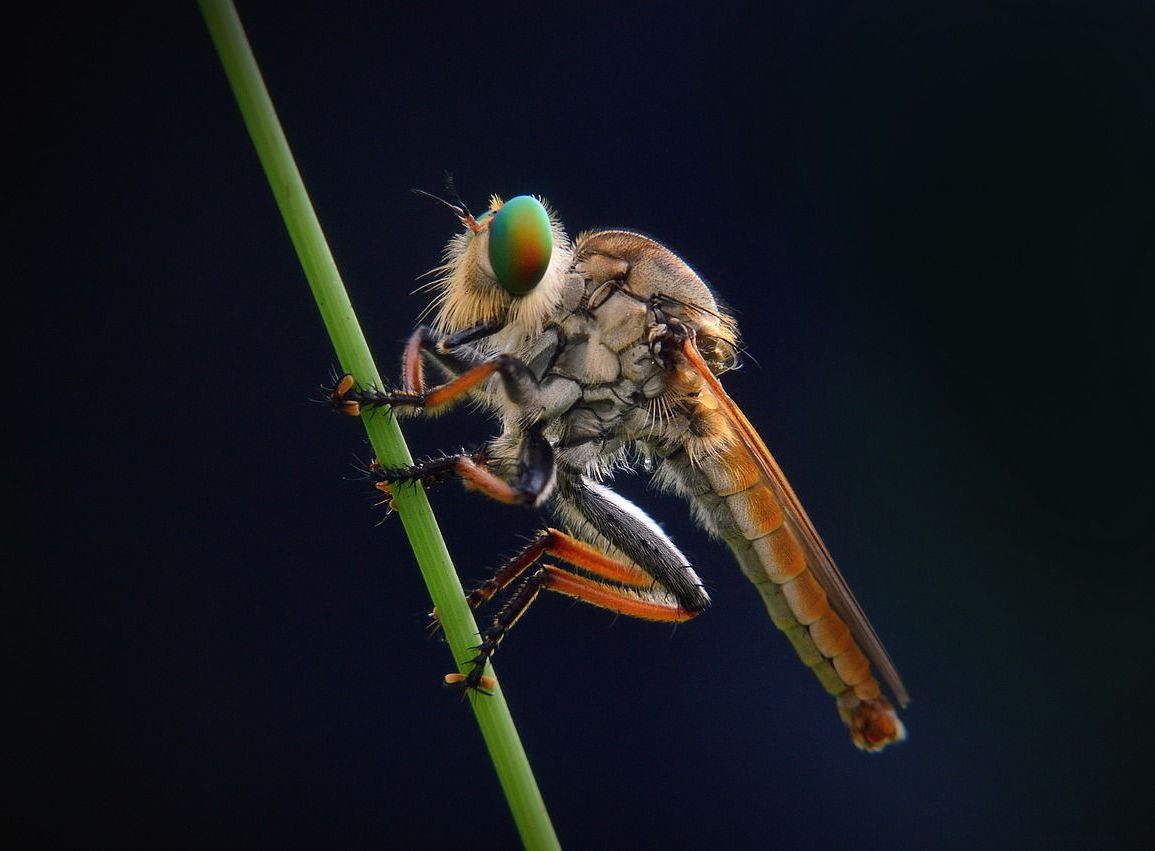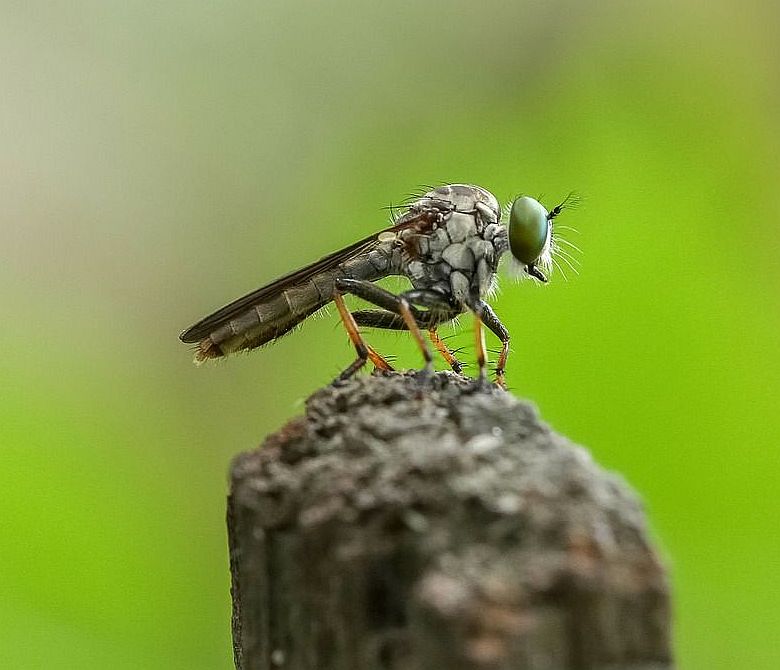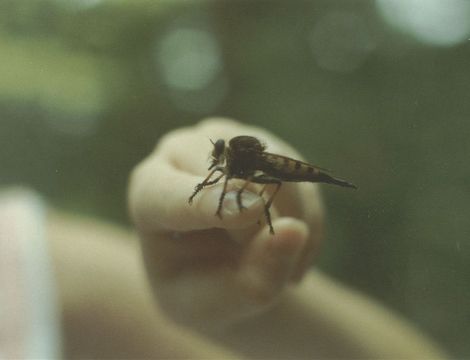 About 25 years ago, I entered a phase of my life in which I envisioned a kind of nature reserve for the 5-acre plot surrounding my home. The land was beautiful. It was wooded and rocky and the soil was rich. Recently, I had fallen in love with native wildflowers and since I tend to focus when I’m interested in a thing, I soon became well-acquainted with hundreds!
About 25 years ago, I entered a phase of my life in which I envisioned a kind of nature reserve for the 5-acre plot surrounding my home. The land was beautiful. It was wooded and rocky and the soil was rich. Recently, I had fallen in love with native wildflowers and since I tend to focus when I’m interested in a thing, I soon became well-acquainted with hundreds!
The Trees
There was a wonderful assortment of hardwoods on the property. Hickory, oak, black gum, cucumber magnolia, linden, sassafras, cherry birch, and tulip-poplar. I’m not even sure I haven’t missed a few. Well I planted black locust. If I still lived there, I’d have planted Osage orange, too.
The Flowers
I am not going to attempt to name the hundreds of wildflowers here. Nor the other plants, shrubs, fungi and such that I planted and those already present. I will just name a few: lady’s slipper, bleeding heart, Solomon’s seal, squawroot, blue cohosh, maidenhair fern, St. John’s wort, earthstar, ironweed, and firepinks are among them.

Nature Trail
I even constructed a nature trail. A serpentine nature trail. A serpentine trail in which I’d envisioned placing isolated benches on which to sit and contemplate. For the benefit of others, I intended to place attractive, yet undistracting, identifiers near each plant or tree.
Insects
No one with such an abundance of plants (or, indeed, even a dweller in the desert) could hope to escape the insects. Oddly, in time, I learned to embrace those as well. There was the metallic green tiger beetle, the crane fly, every manner of bee, and the avid consumer of some of those bees, the robber fly, also known as the assassin fly (family: Asilidae).
The family has quite a few members, and I am not certain how my robber fly fits in, but he is seen in the photo provided with this article, resting about my daughter’s waiting finger as a perch.
Robber Fly
But aren’t these robber flies bee eaters? Yes, they are. Not that they are limited to killing only bees. But ask my four-year-old daughter whose finger you also see if they are ferocious toward humans? Well, then, how did I become acquainted with robber flies and how did I induce Mr. Fly to land on my daughter’s finger?
One fine day, I was walking down my nature trail, when I saw this crazy flying “bug” flying in perhaps a ten-to-twenty foot wide circle. It would leave a small woody shrub, fly about, then land again in the same spot. Why the antics?
Robber flies do not see particularly well. And they don’t have the sonar of a bat. So they wait, perched, looking within a small radius for a juicy bee. When they see one, they take off and voraciously snatch it right out of the air. The robber fly then sucks the juices out of the bee! They are fearless, they are aggressive, yet they do not harm their human neighbors.
Get Up Close and Personal
Here is a down and dirty video of your fierce, yet friendly neighbor, the robber fly. This quality video explores a range of activities of our cuddly buddies.
So my advice to you, dear reader, is next time you see a robber fly, put down that fly swatter and put out your finger for a perch.1 Try feeling grateful that your fuzzy friend helps keep the bug population in check.
1 To increase the likelihood a robber fly will land on your finger perch, see where one lands. When he takes off to search his circle, stand not far from his perch location and put your finger out. There is a reasonable chance, if you stand still, he may land on your finger.
Note: You might also enjoy Where Does the Spit on My Plants Come From Spittlebugs
References:

A lovely looking fly, indeed. Shame you had to leave your nature sanctuary.